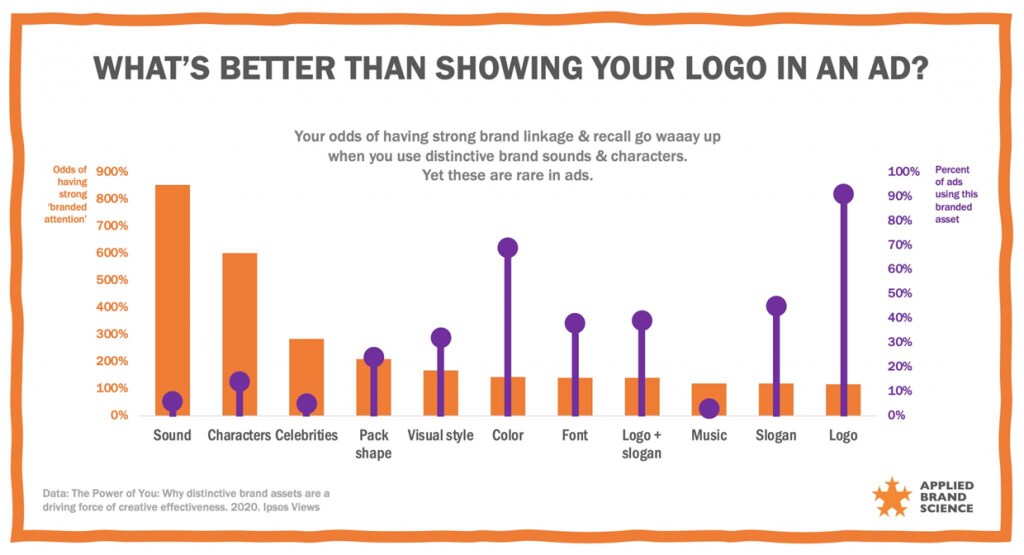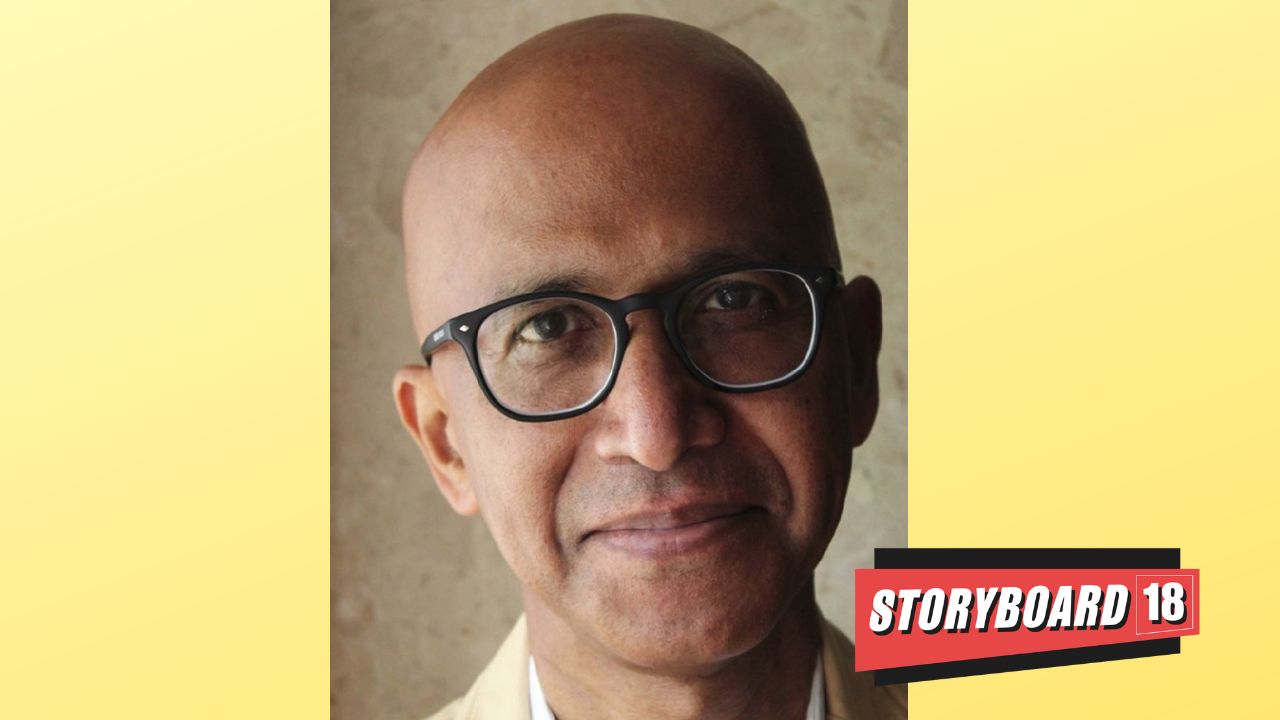Bharat uses Ears. India uses Eyes.
So what’s the role of a sonic identity in branding?
Bharat, one of the oldest civilisations, is over 5000 years old.
India, one of the youngest nations, is 77 years old.
For several thousand years, the civilisation passed on its unparalleled sciences in music, dance, medicine, mathematics, astronomy verbally: through thousands of verses that rhymed for memorability.
(Memorability was key, as we shall discover soon…through new science:-))
There was no sheet music, dance notation, math tables on paper…everything was taken by heart and passed on. Orally.
Bharat is an EAR civilisation.
For the sake of business, we have attempted to become an EYE nation (this article is written in English, right?).
In fact, some Indian communication experts announced in 1982, the year of the Asiad in Delhi, the year India imported 50,000 colour TV sets, that it was now the era of the audiovisual, not audio or radio.
There is a small flaw in that argument, often unquestioned.
Out of the five channels of information in an audiovisual or a film or a TVC, three are audio: Music, Voice Over and Special Effects. Only two channels are visual: the actual Video and the Supers.
The so-called audiovisual medium is predominantly an audio medium!
Thankfully, our civilisation survived the colonisation, and India continues to enjoy its Ears even today.
Our most memorable feature films are musicals. Their songs are used in banquets, films and concerts all over the world: from ‘Awara Hoon’ to ‘Chhammak Challo’, from USSR to USA to Japan.
Our trucks say, ‘Horn Ok Please’ even though we can watch the vehicle behind in the side-view mirrors.
ALL, without exception, ALL our mass media communication slogans in languages other than English are rhymed. From ‘Jai Jawan, Jai Kisan’ to ‘Beti Bachao, Beti Padhao’.
Why? For memorability
We send emails, then call the receiver and tell them we have sent an email. And tell them, this is what it says.
Thankfully, research has come to the Indian civilisations rescue:-)

Global market research leader Ipsos recently analysed over 2000 TV commercials shown in ‘distracted conditions’ (The research replicated some of the conditions in which TV commercials are actually viewed.
They found that the most important brand element that affected recall was ‘branded sound.’
The branding world has been divided into two since Byron Sharp’s book in 2010, ‘How Brands Grow: What Marketers Don’t Know’. The book is based on Evidence-Based Marketing by the Ehrenberg Bass Institute, University of South Australia, Adelaide.
Whatever positions the two sides take, the one startling finding for me was that a marketing priority is getting into the memory structure of consumers rather than spending hard to persuade consumers.
And there is no better sense to get into memory structures than the Ear!
The Ipsos Creative Excellence Video Ad Meta-Analysis in the USA, revealed that ads that contained sonic brand cues tested 8.53 times more effective than those that contained only visual assets.
8.53X !
New science proves old science!
No wonder 95% of the brands in the Top 100 have a sonic logo!
My friend and erstwhile colleague, Rajeev Raja, a pioneer in sonic identity in India, created the ‘mogoscape’ for MasterCard, which has been ranked Number 1 in the Best Audio Brands report by amp sound branding!
At chlorophyll, we have included sonic branding for our brands for the past ten years; the latest being one of the largest brands in Africa.
Elsewhere, new opportunities for sonic branding have exploded.
Tik Tok, Spotify, online concerts, anthems on digital media…’sonic branding’ need not be restricted to a signature sound: any expression that can beguile the ear and is linked to the core of the brand will achieve the objectives.
To achieve great alignment between the sonic expression of the brand and its Core, you will first need to define the Core through formal research.
Hopefully one word or one phrase will emerge as a definition.
Then leave that brief to the experts to express that Core.
For memorability and brand recall.
And if I know the Indian experts right, they will take inspiration from the oldest surviving ancient Indian work on music and performance arts: the Natyashastra.
Finished between 200 BCE and 200 CE.
Thank you…you heard all of this here first:-)
Kiran Khalap is the Co-founder & MD at chlorophyll. Views expressed are personal.
